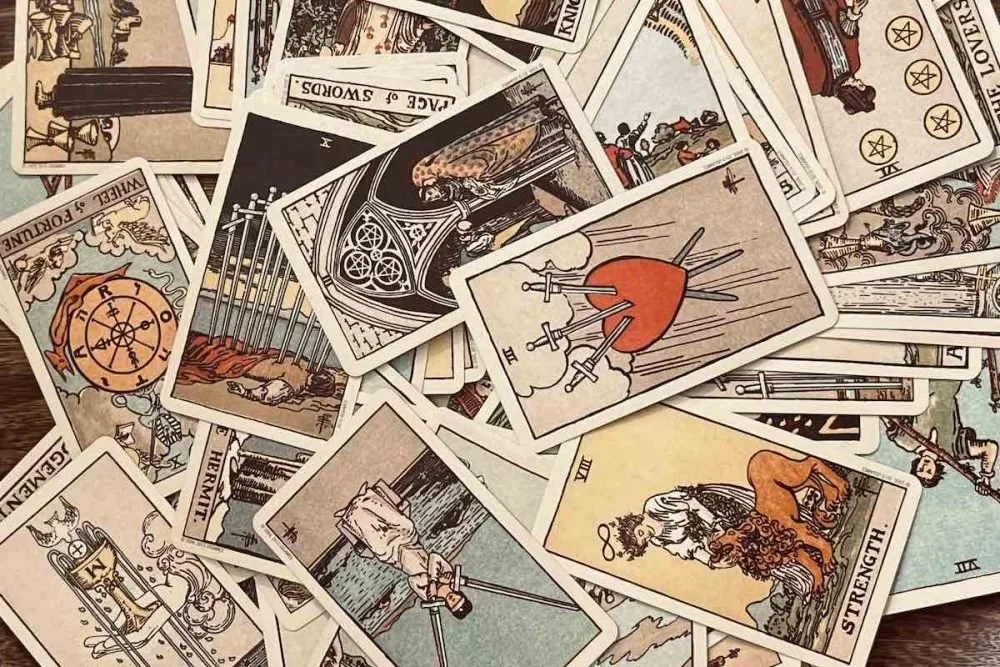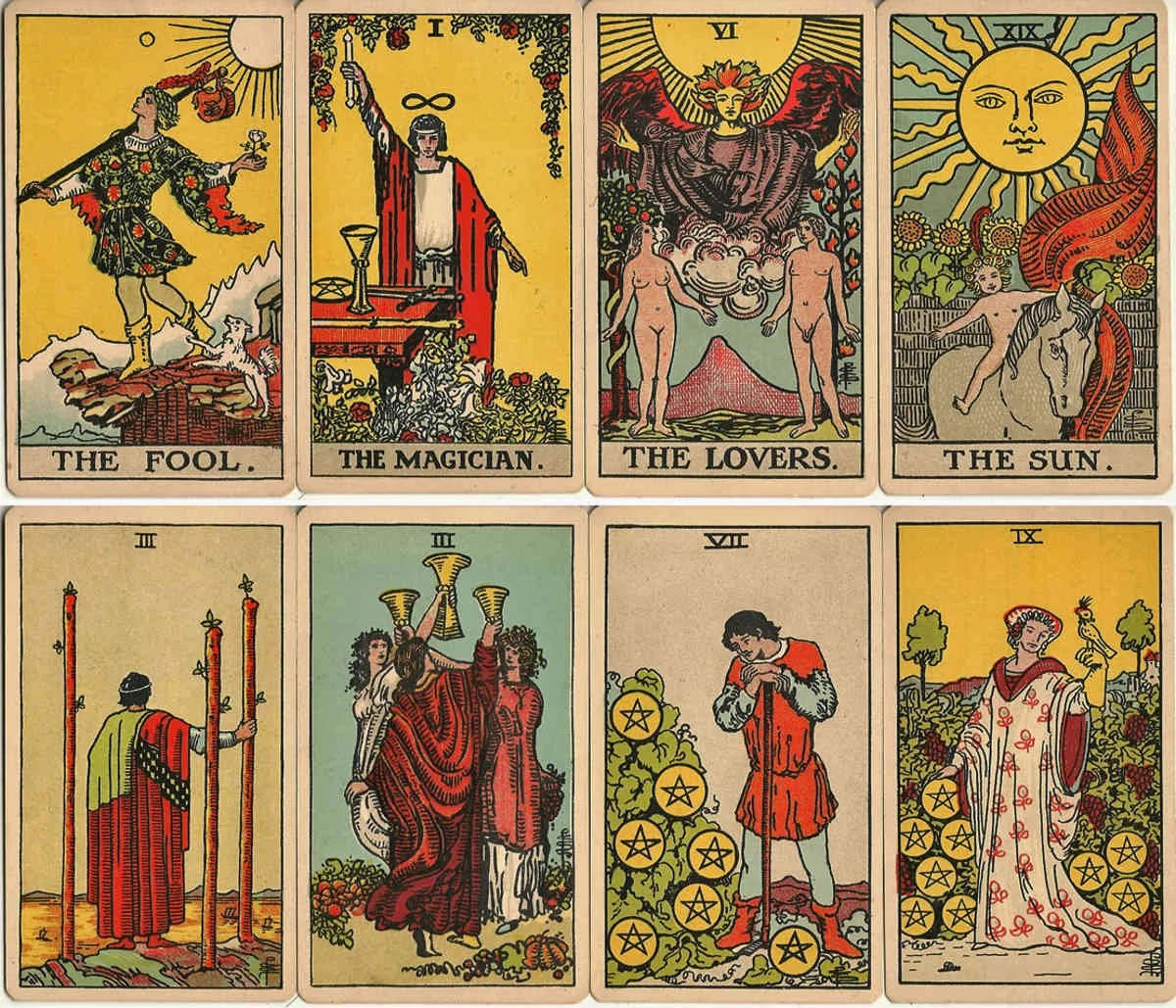The Fool’s Path: Exploring the Schools of Tarot
Hello, Seeker.
Ever been overwhelmed by the sheer number of meanings attached to each Tarot card? There's a reason for that! Tarot is centuries old, shaped by countless cultures, time periods, and wise souls. It hasn't always looked the way it does today, thanks in part to the different mystery schools that sought to systematize and give structure to its wisdom.
Ready to dive deeper? Let's explore some of the schools and styles that have molded Tarot into the powerful tool it is today.
The art form of Tarot
Tarot is a centuries-old language of symbols, whispered secrets, and a whole lot of magic (or psychology, depending on your vibe). Different Tarot schools, or lineages, offer diverse ways to tap into the cards' power and make them sing for you. Think of them like different paths leading up the same magical mountain!
I see Tarot as a beautiful "combined art form," a mystical blend of artistic expression and diverse spiritual practices. I might delve deeper into that concept later, but for now...
Just like any art form, Tarot evolves. Its expression changes with the times, shifting as different cultures leave their mark. Also like other art forms, certain schools or traditions have emerged over time, aiming to structure, deepen, and expand the practice of Tarot.
School’s Out… for Tarot
Picture of “The World” card Etteilla’s Livre de Thot Tarot (ca. 1789).
The French School: Where Intuition Reigns Supreme (15th-18th Centuries)
Emerging in the 15th-century France, the tarot de Marseille style dominated this era. The Tarot de Marseille is an iconic style of Tarot with roots reaching back to Renaissance Italy. While not the oldest Tarot deck, its simple yet potent imagery has endured and become synonymous with the French School of Tarot reading. The Marseille-style decks are known for their distinct artwork, with historical and often religious symbolism. They are beloved by many for their focus on intuitive interpretation.
Etteilla (18th Century)
The enigmatic Jean-Baptiste Alliette, better known as Etteilla, was a pivotal figure in French cartomancy. Although not the first to read Tarot cards, he was among the first to popularize Tarot for divination and assign detailed meanings to each card, including reversals (reading cards both upright and upside-down). Etteilla even created his own deck around 1789 with unique interpretations that linked Tarot to Egyptian mythology, though it differed significantly from the traditional Tarot de Marseille. Despite his sometimes controversial methods, Etteilla played a significant role in bringing Tarot to the mainstream.
The Vibe: All about Marseille-style decks with their classic, sometimes stark imagery. It's about stripping things back to the core symbols.
The Focus: Forget memorizing a rulebook! This is where your intuition leads the way. Focus on the interplay of symbols, colours, and the immediate story the cards tell you—no stuffy textbook meanings required.
Perfect for: Free spirits who love a dash of mystery and connect with raw, historical symbolism.
Examples of cards from the Rider-Waite-Smith deck illustrated by Pamela Coleman-Smith
The English School: Deep Dives into Esoteric Symbolism (19th-Early 20th Century)
Flourished in the 19th and early 20th centuries, fueled by interest in the occult and esoteric traditions. This school delves deeper into the esoteric realm, incorporating systems like astrology, Kabbalah, and numerology to unlock hidden meanings within the cards. The Rider-Waite-Smith deck, with its detailed imagery and accompanying guidebook, popularized this approach and continues to be a cornerstone of Tarot practice today.
The Rider-Waite-Smith Tarot
A.E. Waite, a prominent member of the Hermetic Order of the Golden Dawn, collaborated with artist Pamela Colman Smith to create the now-iconic Rider-Waite-Smith deck (1910).
Aleister Crowley & The Thoth Tarot (Early 20th Century)
The notorious occultist Aleister Crowley created one of the most infamous and influential Tarot decks – the Thoth Tarot. Collaborating with artist Lady Frieda Harris, Crowley infused the Thoth deck with deep esoteric symbolism drawn from his vast occult knowledge and membership in the Hermetic Order of the Golden Dawn.
Published in 1944, the Thoth Tarot blends Egyptian mythology, astrology, the Kabbalah, and complex numerological systems. This deck is not for the faint of heart – it demands serious study and a deep dive into the symbolism to unlock its meanings. The Thoth Tarot remains a potent tool for experienced occultists and those drawn to the rich, if sometimes perplexing, depths of Crowley's work.
The Vibe: If you're a symbolism nerd and have a thirst for the occult, this is your jam! Think complex systems, astrological correspondences, and layers of hidden meanings.
The Focus: Tarot as a key to unlocking ancient wisdom and cosmic truths. Expect to study the Kabbalah, numerology, and the secrets whispered by those old-school mystics.
Perfect for: Intellectual witches seeking a structured, mystical deep dive. If you love puzzles and uncovering hidden knowledge, this path beckons.
The Modern Intuitive Schools: Tarot for Self-Discovery and Soul Work (20th Century-Present)
This movement gained momentum in the 20th century, emphasizing personal connection with the cards. Modern intuitive schools prioritize personal interpretation and a deep connection with the card's visual storytelling. Readers focus on the emotional and psychological themes that emerge from the cards, using them for self-discovery and creative exploration.
The “Major Arcana” of the 20th Century:
Eden Gray (1960s-70s): Pioneer in making Tarot accessible, emphasizing psychological interpretations instead of rigid esoteric systems.
Mary K. Greer (1980s-present): Prolific author and teacher, popularizing Tarot as a tool for personal growth and empowerment.
Alejandro Jodorowsky (1990s-present): Filmmaker and artist who uses Tarot for psychomagic and exploring the subconscious mind.
Rachel Pollack (1980s-present): Respected author who bridges traditional wisdom and intuitive readings, emphasizing archetypal meaning.
Dorothy Anne Deck (1970s-present): Leading voice in the modern Marseille Tarot movement, encouraging intuitive exploration of the cards' symbolism.
Modern Deck Creators (1990s-present): Artists like Kim Krans, Lindsay Mack, and many others continuously expand Tarot's visual language and thematic focus.
The Vibe: Rider-Waite-Smith variations galore! This broad category focuses on the card's visual storytelling and connecting deeply with the imagery on a personal level.
The Focus: Tarot as a mirror for your soul. It's about psychological insights, tapping into your creative spark, and unlocking your own inner wisdom.
Perfect for: Empaths, self-explorers, and those seeking guidance on their life journey. Artists and writers, this is a playground of inspiration!
Photo of Kim Krans Wild Unknown Tarot.
Beyond the Big Three: Emerging and Eclectic Flavours
Mystic Mondays Tarot by Grace Duong
Tarot is a living tradition that is evolving with our world! Here's a taste of other delicious niches:
Social Justice Tarot: Decks amplify diverse voices, challenge traditional archetypes, and explore themes of empowerment and liberation.
Theme-Based Decks: Animal spirits, mythology, your fave fandom – there's a Tarot deck for that! Deepen your connection with a specific area of interest.
Culturally-Inspired Decks: From African spirituality to Japanese folklore, these decks offer wisdom from traditions outside the usual Western lens.
Which Path is Yours?
Choosing a Tarot school (or mixing and matching!) is a personal journey. Just like there is no one way to learn how to sing, there is no one way to learn the tarot. However, for any seeker or professional tarot reader, it is beneficial to at least be familiar with the origins and schools of tarot and make an informed decision when choosing. Not to be all Hierophant here, but I think
If you’re wondering how much of your practice you would like to base on tradition, ask yourself:
How much structure and/or freedom would I like in my practice?
What value can I pull from the ancient systems?
How has the art of tarot grow?
What new developments do I like?
Do I have an existing spiritual or occult practice I can ground my card reading in?
What's my goal – self-discovery, divination, or a bit of both?
There's no wrong answer, only paths waiting to be explored! So grab a deck, ignite your curiosity, and discover the hidden depths within those wise and witchy cards!





